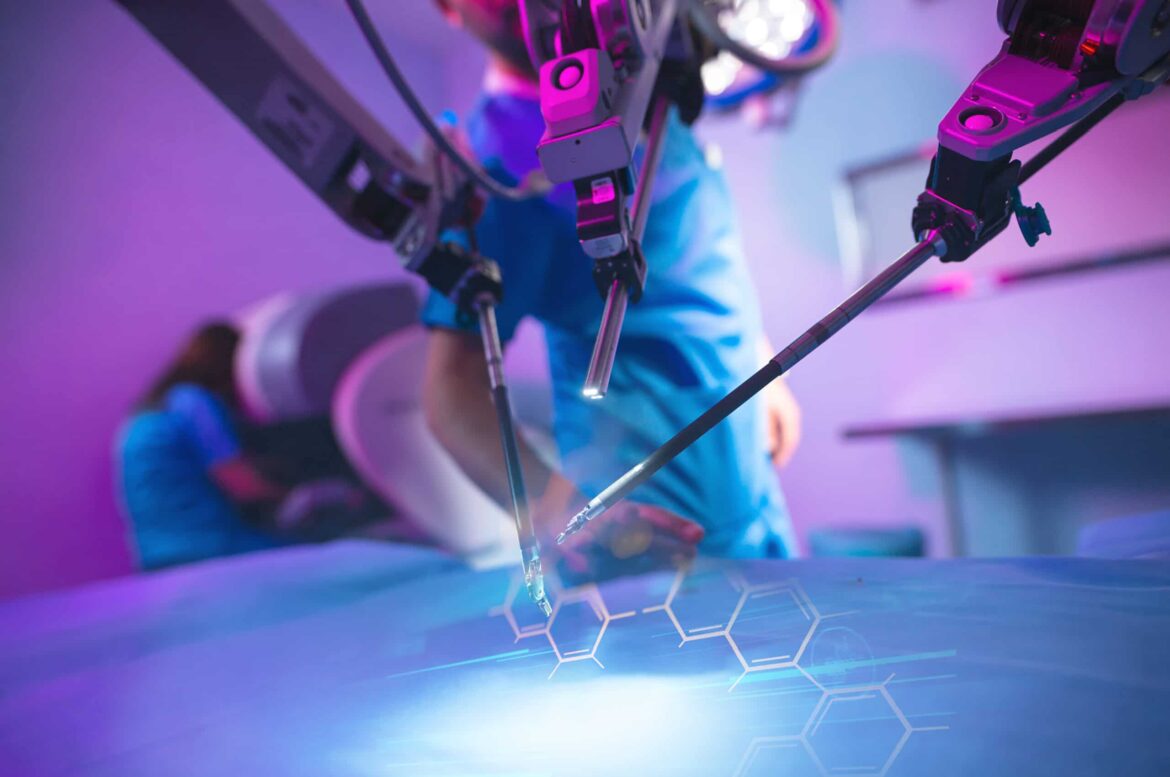1.4K
Robots are being used more and more in medicine in various specialties. In the process, they not only make difficult operations easier, but will also make a whole new category of operations possible in the future.
Robots in medicine – what’s behind them
More and more departments and clinics are using robots in medicine. The futuristic operating theatre helpers have many useful functions and support the surgeons in many ways.
- Robots have been used in medicine since the 1990s and have been constantly developed since then. While they could help with surgeries back then, the old devices can barely keep up with today’s systems.
- Modern robotic systems, such as the well-known “DaVinci” robot, help with laparoscopic operations. These are the operations that are minimally invasive through small skin incisions with cameras.
- In a classic laparoscopic operation without a robot, the camera is held by an assistant. The main surgeon usually holds two other instruments to operate on, while he can see the operated organs on a screen.
- With a surgical robot, the camera and instruments no longer need to be held by humans and can therefore remain stable in one position for longer periods of time.
- For robotic systems with multiple arms, this also allows more instruments to participate in the OR at the same time.
- The surgeon sits at a console and works with joystick-like handles next to the operating area. This gives him even finer control over the instruments.
- This allows surgeons to take turns during longer surgeries or to take short breaks during which the robot continues to hold the instruments.
Robot-assisted surgery – Where does the future take us?
While robotic surgeries already play a relevant role in the healthcare system today, they will only be used for their true purpose in the future.
- One of the main ideas behind surgical robots is remote-controlled surgery.
- Theoretically, if there is a good connection, a doctor in Germany can operate on a patient on the other side of the world.
- There are, however, several prerequisites for this. Firstly, the robot must be controlled by a compatible console and secondly, there must be a secure, stable and fast internet connection that allows for complication-free operation.
- As internet connections are not yet far enough today, especially in Germany, to be able to operate without delay and without loss of connection, robots are not yet widely used for this purpose.
- However, in the near future, patients with very specific diseases could be operated on by a specialist hundreds of kilometres away.
- In the distant future, it may also be possible for certain procedures to be performed entirely by a robot. However, it is unclear how long it will take to reach this milestone.
